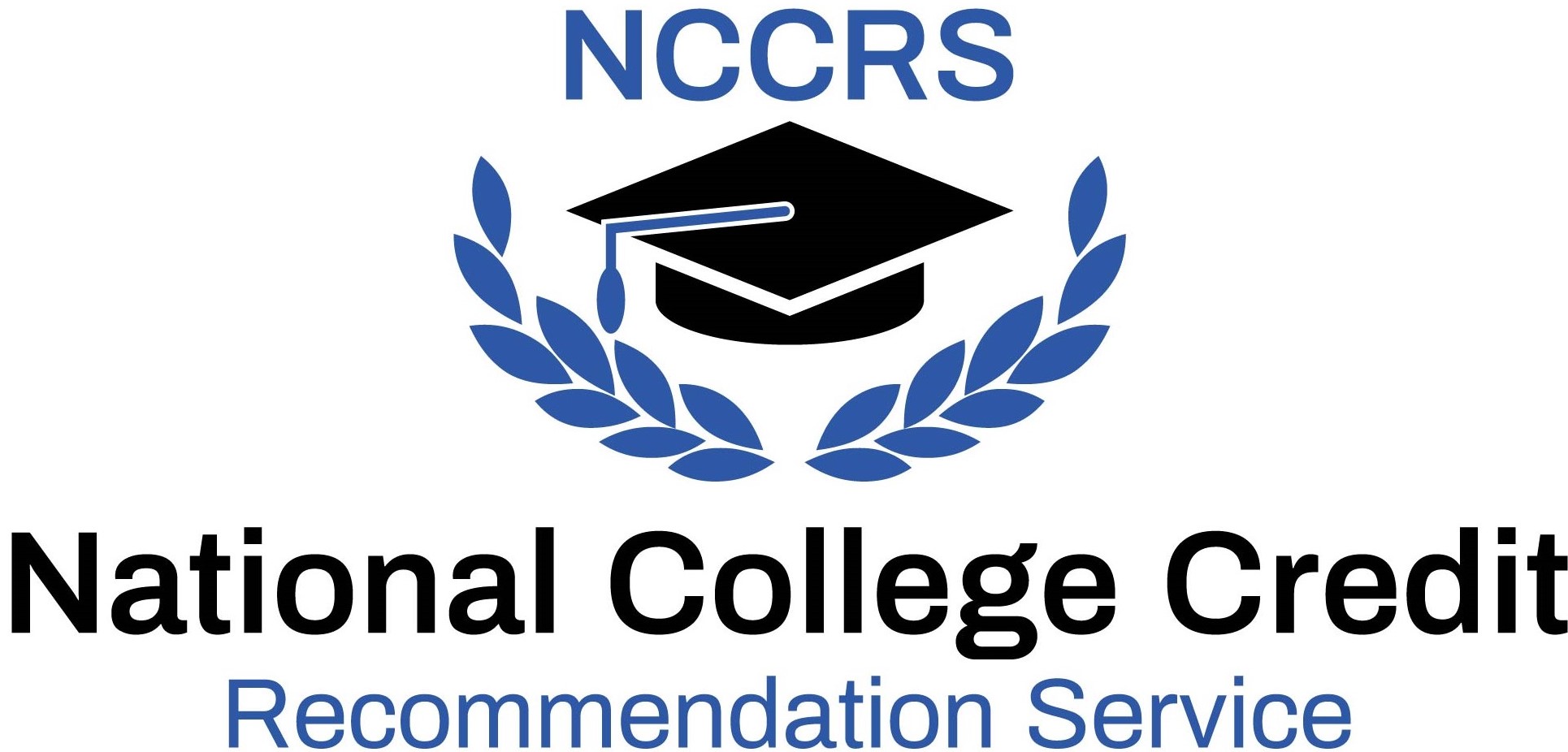Length:
Dates:
Objectives:
Instruction:
Credit recommendation:
Length: Version 1: 96 hours (16 weeks). Version 2: 84 hours (16 weeks).
Dates:
Objectives:
Instruction:
Credit recommendation:
Length: Version 1: 72 hours (16 weeks). Version 2: 66 hours (16 weeks).
Dates:
Objectives:
Instruction:
Credit recommendation:
Length: 48 hours (16 weeks).
Dates:
Objectives: Upon successful completion of the course, students will be able to: act in dramatic material, which demands style, regional speech, specific character elements, and historical accuracy; develop a kinesthetic awareness of themselves and a partner in scenework; describe the scale for on-camera and the difference between "inside out" and "outside in"; connect vocal and physical exercises to character development and text work; lead a physical and vocal warm-up; create honest and compelling characters who have different vocal and physical traits; and develop a multi-facted vocal skill set to use when approaching character work.
Instruction:
Credit recommendation:
Length: 24 hours (8 weeks).
Dates:
Objectives:
Instruction:
Credit recommendation:
Length: 24 hours (8 weeks).
Dates:
Objectives:
Instruction: In this course, students create the illusion of actual physical impact and exchange of energy in combat.
Credit recommendation:
Length: 24 hours (8 weeks).
Dates:
Objectives:
Instruction:
Credit recommendation:
Length: 48 hours (16 weeks).
Dates:
Objectives:
Instruction: Building on the skills of earlier instruction, students move on to more advanced exercises and long-form improvisation styles. Students learn to connect scenes together to build a complete story arc, as well as to create complex, interesting characters and relationships. Students also begin to explore the transition of live format improvisation to that on the screen.
Credit recommendation:
Length: 24 hours (8 weeks).
Dates:
Objectives:
Instruction: In this course, students view and participate in discussions of pivotal film performances and develop an appreciation and technical understanding of the methods, choices, and effects of various styles of acting. Overall goal of the course is to give students a reference point for key performances and a working vocabulary of historically important films.
Credit recommendation:







